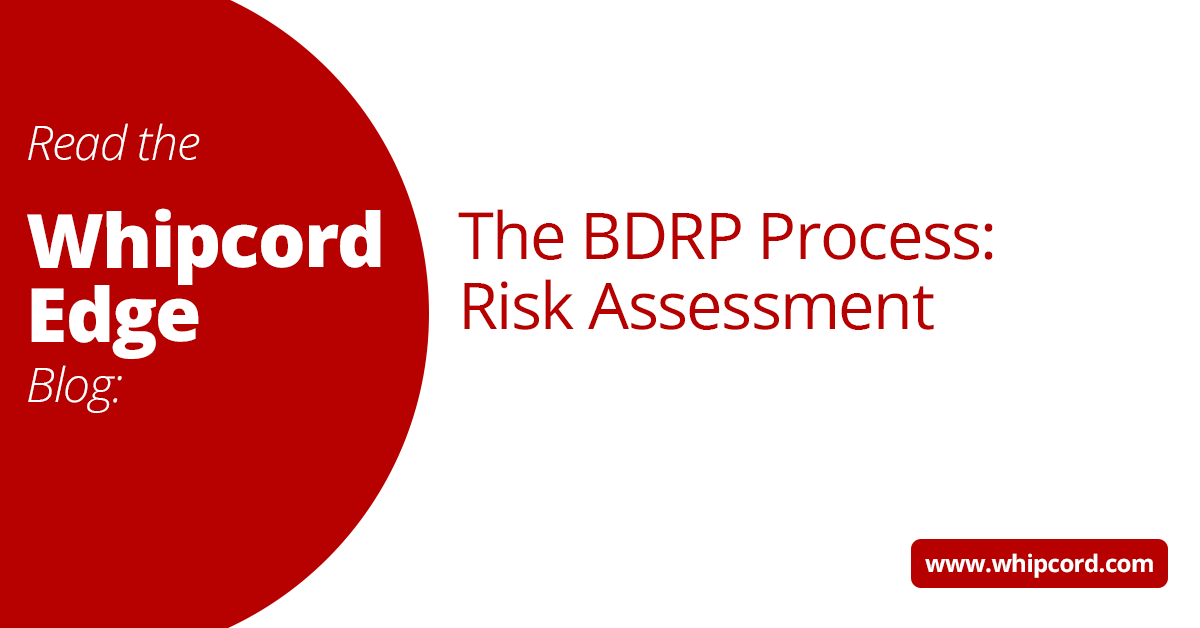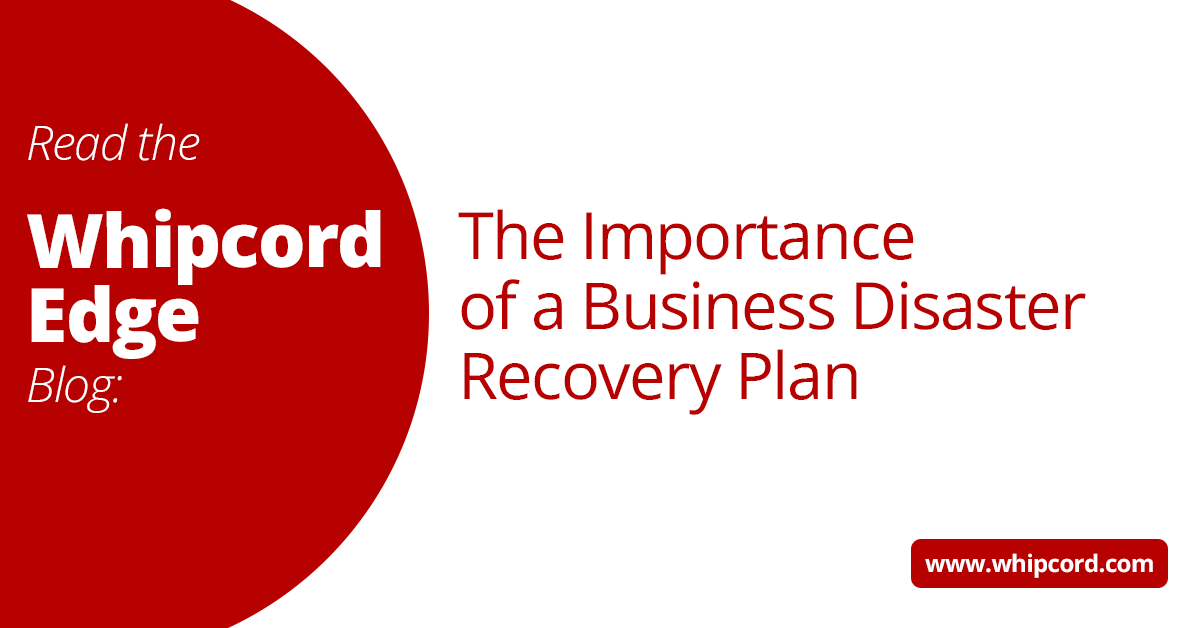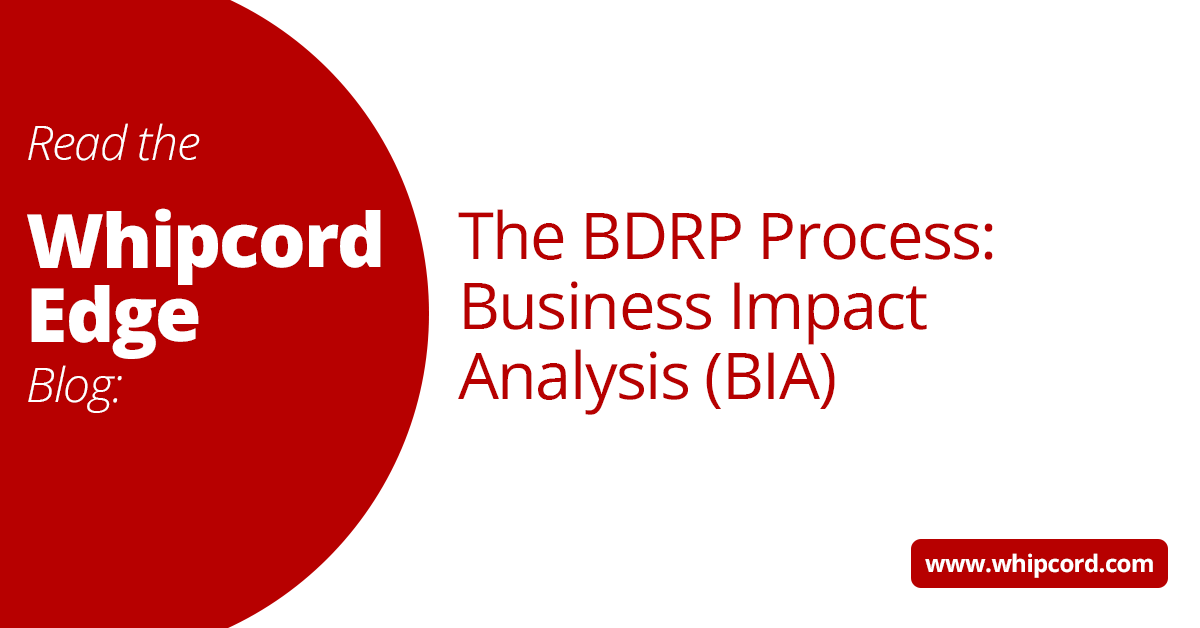This is the second in a series written by Guy Netaneli of 010 Data Protection. A partner and customer of Whipcord Edge, 010 helps business develop their plans and design technical solutions to support them.
Risk assessment is the foundational step in developing a Business Disaster Recovery Plan (BDRP). This involves identifying potential threats that could disrupt business operations, including natural disasters, cyber-attacks, and human errors. Conducting a thorough risk assessment helps in understanding the likelihood and impact of each threat. By categorizing risks based on their severity and frequency, businesses can prioritize which risks to mitigate first. Regular updates to the risk assessment ensure that the plan remains relevant as new threats emerge.
The next phase involves evaluating the vulnerabilities within the organization's infrastructure and processes. This includes assessing physical sites, Network and IT systems. Identifying weak points helps in developing targeted strategies to fortify these areas against potential disruptions. Engaging cross-functional teams during this phase ensures a comprehensive understanding of all possible vulnerabilities and their implications on business operations.
Finally, the risk assessment phase culminates in developing a risk management strategy. This strategy outlines specific measures to mitigate identified risks, such as implementing stronger security protocols, creating redundant systems, or relocating critical assets. A well-crafted risk management strategy not only reduces the potential impact of disasters but also enhances overall business resilience.
Guest Author
Guy Netaneli
-1.png?width=1092&height=792&name=logo%20(1092x792)-1.png)
%20copy(black%20letters).png?width=1092&height=792&name=logo%20(1092x792)%20copy(black%20letters).png)




.png?width=100&height=91&name=white%20logo%20(100x91).png)